While everyone's fumbling around with separate charging cables for their phone and smartwatch, OnePlus quietly cracked the code with their new 2-in-1 SuperVOOC Cable. It's not just another charging cable — it's a single solution that charges both your phone and watch simultaneously, and honestly, it's about time someone figured this out.
The timing couldn't be better. With new EU regulations now requiring USB-C charging on most devices, the tech world is finally standardizing around a single port. But here's where it gets interesting: while regulators focused on port standardization, they left a gap in the market for truly integrated charging solutions. OnePlus spotted this opportunity and created what might be the first glimpse of how manufacturers can differentiate themselves in a post-standardization world.
What you need to know:
- OnePlus's new cable charges phones at up to 67W and watches at 10W simultaneously
- It's compatible with OnePlus Watch 2, Watch 2R, and Watch 3 models
- The cable costs $29.99 — the same price as a standalone watch charger
- Features a built-in magnetic POGO pin connector for seamless watch charging
Why This Actually Matters for Your Daily Routine
Here's the thing about smartwatch charging: it's been unnecessarily complicated for way too long. Most manufacturers give you a separate charging puck or stand that you inevitably forget at home or lose in your travel bag. OnePlus changed that by integrating the POGO PIN charging connector directly into their SUPERVOOC cable.
But this isn't just about convenience — it's about changing user behavior patterns. When charging becomes this simple, people actually charge their devices more consistently. Think about it: instead of hunting for two different cables every evening, you grab one cable and connect both devices. This behavioral shift could significantly impact how we interact with our wearables, potentially leading to better health tracking data and more consistent device usage.
The cable delivers up to 80W of power when charging a single device, but drops to 67W for your phone and 10W for your watch when both are connected. That's still plenty fast — especially considering OnePlus research shows 2/3 of users charge their phone at least twice daily, and the company's watches can deliver a full day's use in about 10 minutes of charging.
The 1.2-meter length makes it ideal for travel, and the built-in E-marker smart chip provides protection for both connected devices. What's particularly clever is how this solves the "hotel room outlet" problem — you know, when you're traveling and there's only one easily accessible outlet, forcing you to choose between charging your phone or your watch overnight.
The EU Timing Couldn't Be More Perfect
OnePlus launched this cable right as new EU regulations require USB-C charging on most devices sold in the region. Starting December 28, 2024, everything from phones to headphones must use USB-C, with laptops following suit by April 28, 2026.
The directive aims to reduce the 11,000 tonnes of e-waste from discarded chargers annually and save consumers approximately €250 million yearly on unnecessary charger purchases. But here's what's fascinating: while the regulations standardize ports, they actually create new opportunities for innovation in charging solutions.
This regulatory environment paradoxically benefits companies like OnePlus that can think beyond basic compliance. By creating integrated charging solutions that work within the USB-C framework, they're positioning themselves as premium convenience providers in a standardized market. It's a perfect example of how regulatory constraints can actually drive creative differentiation.
What This Means for OnePlus's Ecosystem Strategy
This cable represents something much bigger than a charging accessory — it's a masterclass in ecosystem strategy disguised as a convenience product. The cable only works with OnePlus Watch 2, Watch 2R, and Watch 3 models, creating a compelling reason to stick with OnePlus devices across categories.
Consider the competitive dynamics: at $29.99, the 2-in-1 cable costs the same as OnePlus's standalone watch charger. You're essentially getting phone charging capabilities for free, plus the convenience of a single cable solution. This pricing strategy makes switching away from OnePlus significantly more expensive — if you move to a different watch brand, you lose your charging investment and have to rebuild your accessory ecosystem.
The company's recent expansion supports this strategy beautifully. They've launched three new products: OnePlus Watch 3 43mm, OnePlus Buds 4, and OnePlus Pad Lite, all designed to work seamlessly within this unified charging approach. The 2-in-1 cable becomes the physical manifestation of their ecosystem strategy — literally connecting multiple devices while creating switching costs for users.
The Reality Check: USB-A and Strategic Trade-offs
Here's where OnePlus made an interesting calculated risk. The cable uses USB-A on the power end, not USB-C, which means it doesn't support the widely used USB-PD charging standard. You'll need a SUPERVOOC power brick to enjoy full charging speeds.
This decision reveals OnePlus's broader strategy in the age of standardization. While the EU allows additional proprietary charging protocols, they can't reduce the maximum power achievable with standard USB PD. OnePlus is betting that their charging speeds are compelling enough to keep users within their proprietary ecosystem, even as the industry standardizes.
It's a calculated gamble that reflects a deeper industry tension: how do you innovate and differentiate in an increasingly standardized world? OnePlus chose to double down on performance and convenience, accepting the trade-off of ecosystem lock-in. For users already committed to OnePlus devices, this enhances their experience. For everyone else, it's a reminder that true interoperability still has limits.
This approach also positions OnePlus for future innovation. As charging technology continues evolving, having proprietary infrastructure gives them more flexibility to implement new features without waiting for industry-wide standard adoption.
Where Do We Go From Here?
OnePlus just demonstrated that the most impactful innovations often solve problems hiding in plain sight. The 2-in-1 SuperVOOC Cable is available now for $29.99, and it represents something deeper than a charging solution — it's a blueprint for how manufacturers can create value in an increasingly standardized tech landscape.
The convergence of regulatory standardization, ecosystem strategy, and practical user needs creates a fascinating moment in the industry. While mobile charging has become a $3.2 billion industry in the US alone and 59% of consumers purchase accessories when buying new phones, OnePlus positioned itself at the intersection of convenience, compliance, and competitive differentiation.
Their success raises important questions about the future of tech innovation. As more regulations like the EU's USB-C mandate reshape the industry, we're likely to see more companies finding creative ways to differentiate within standardized frameworks. The cable market, which seemed destined for commoditization, suddenly looks a lot more interesting when manufacturers start thinking beyond basic connectivity.
The real test will be whether competitors follow OnePlus's lead or find entirely different approaches to the same fundamental challenge. Either way, OnePlus just proved that sometimes the best way to solve tomorrow's problems is to fix the obvious ones we've been ignoring today.




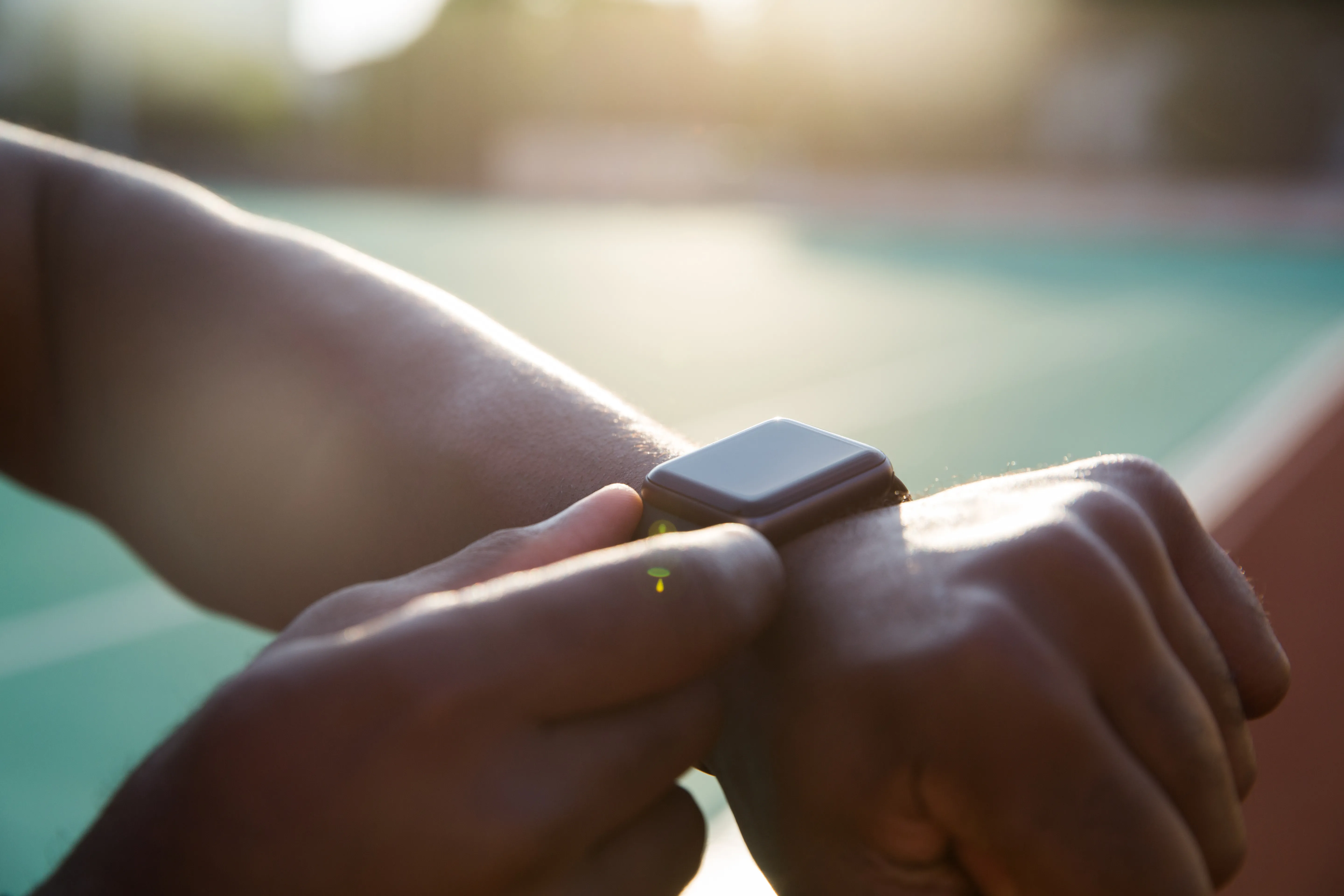

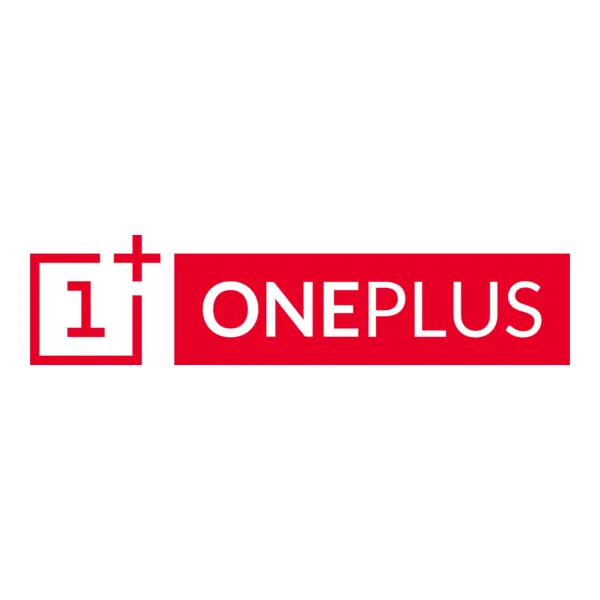
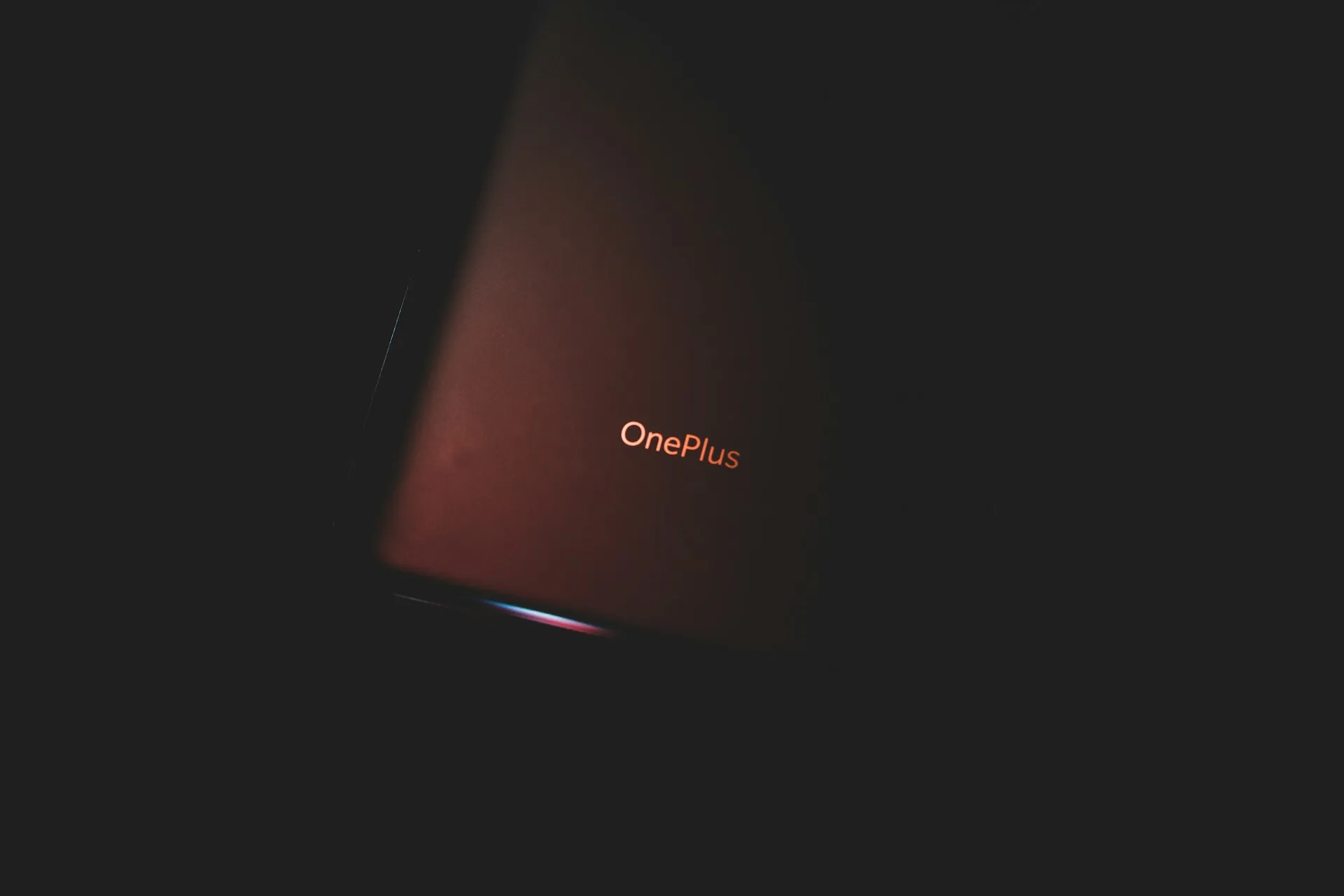
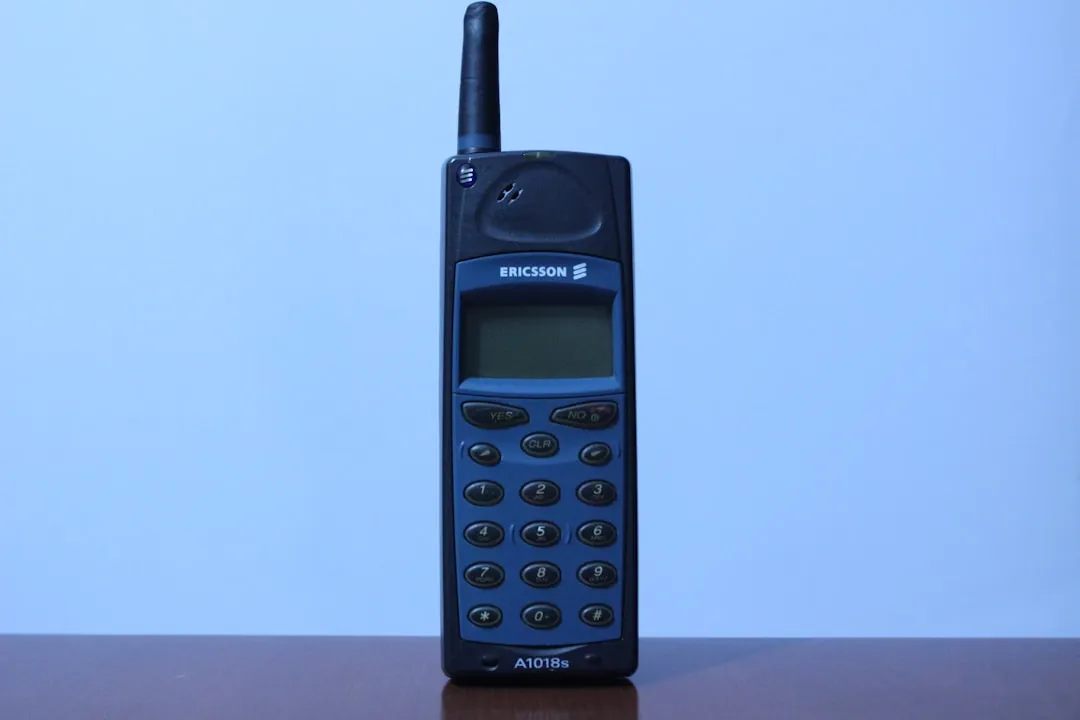
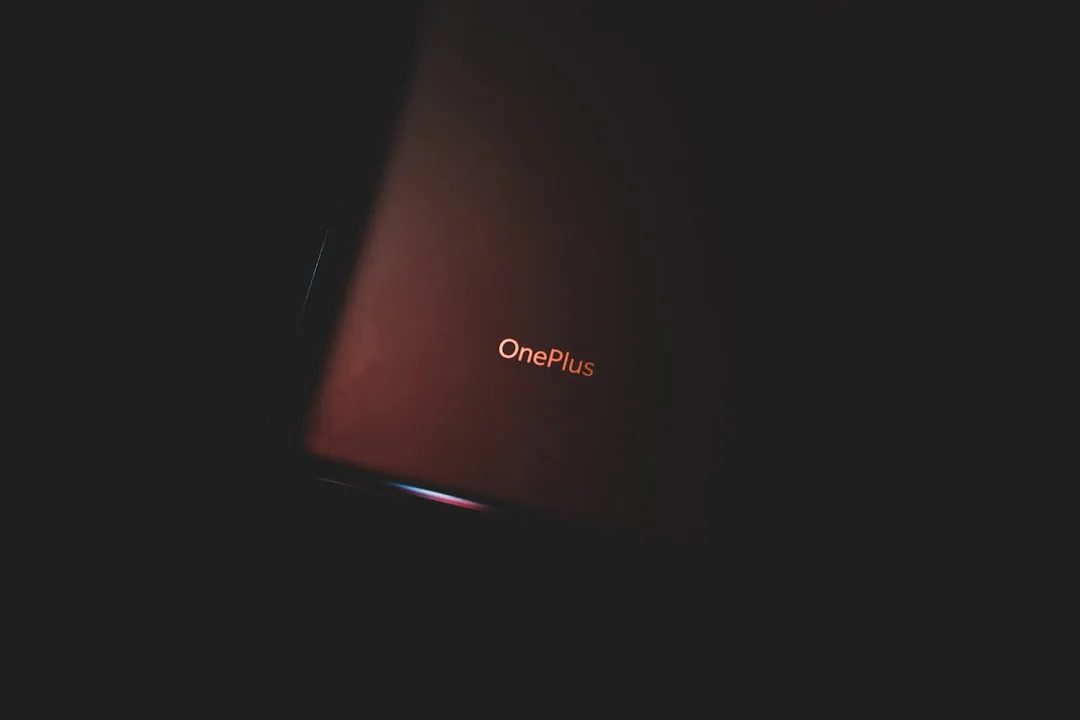
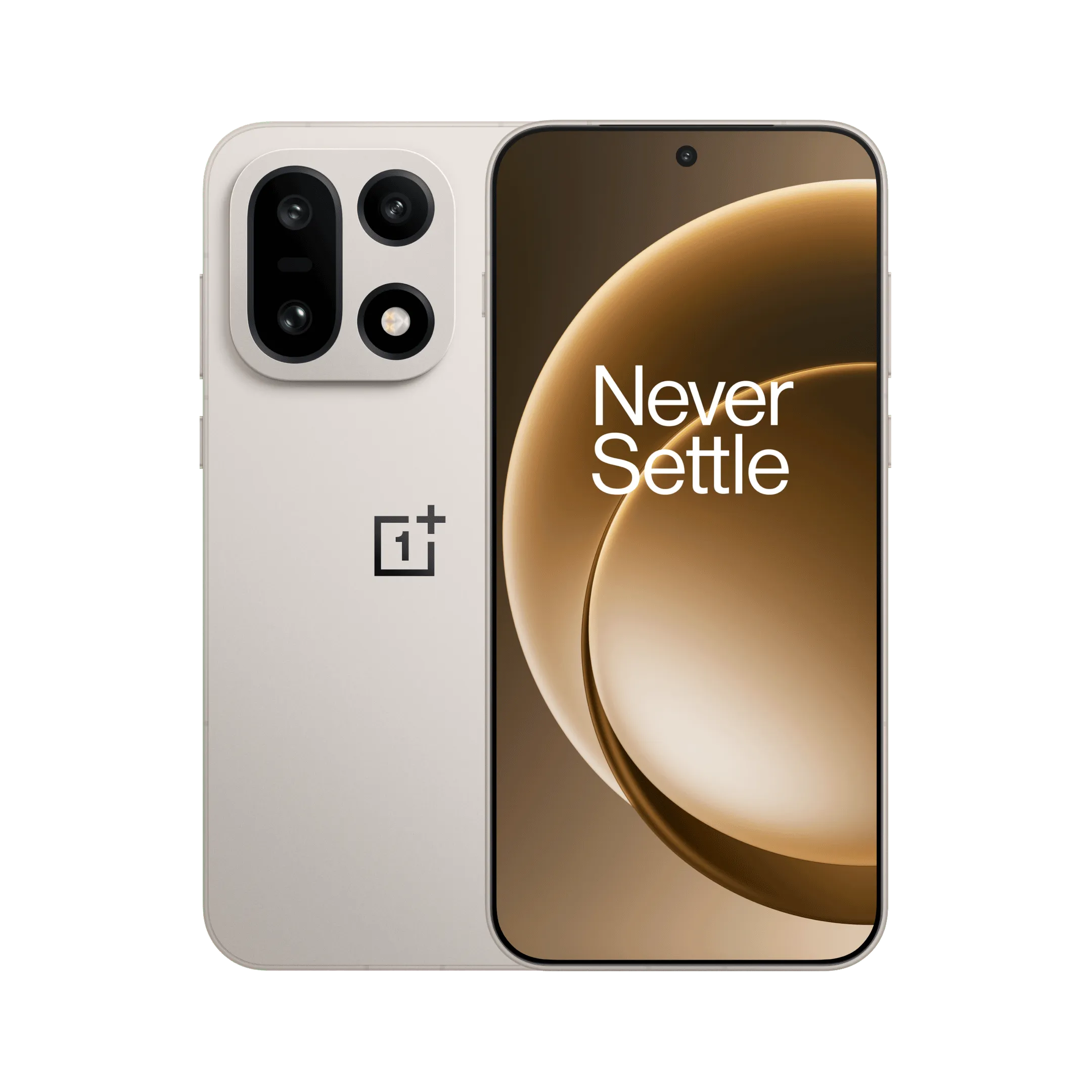
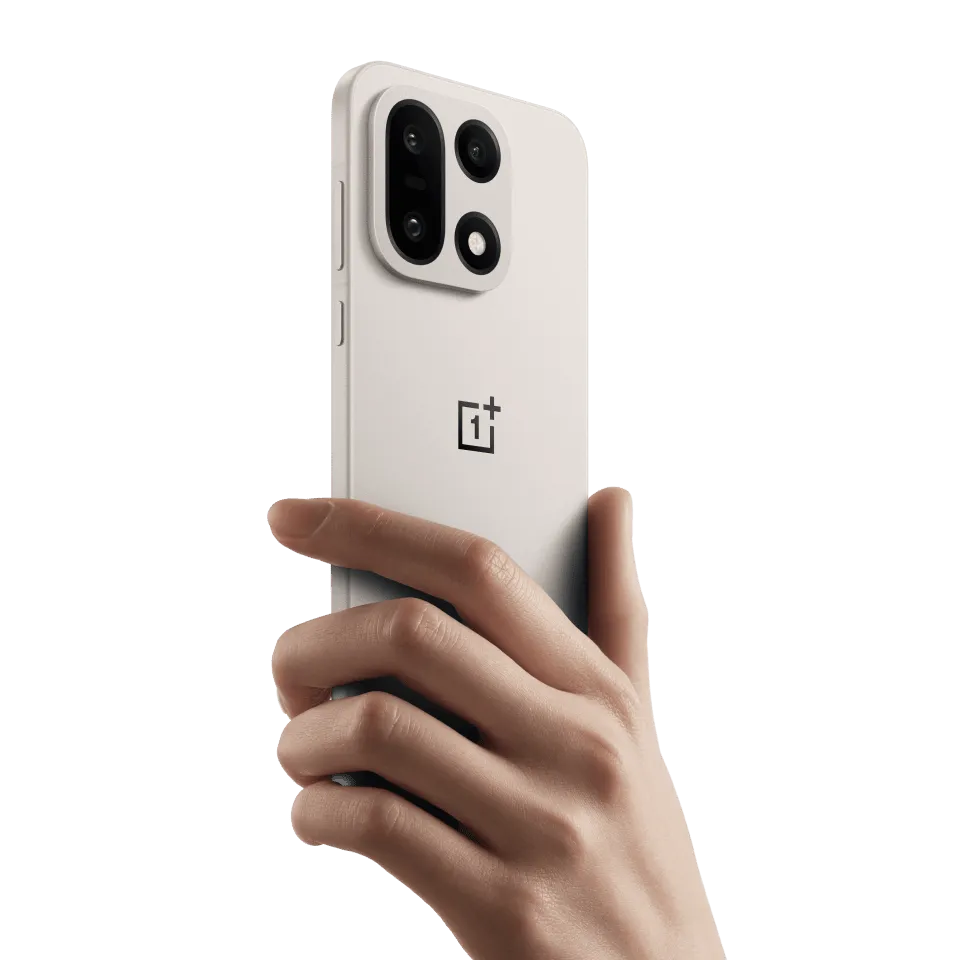
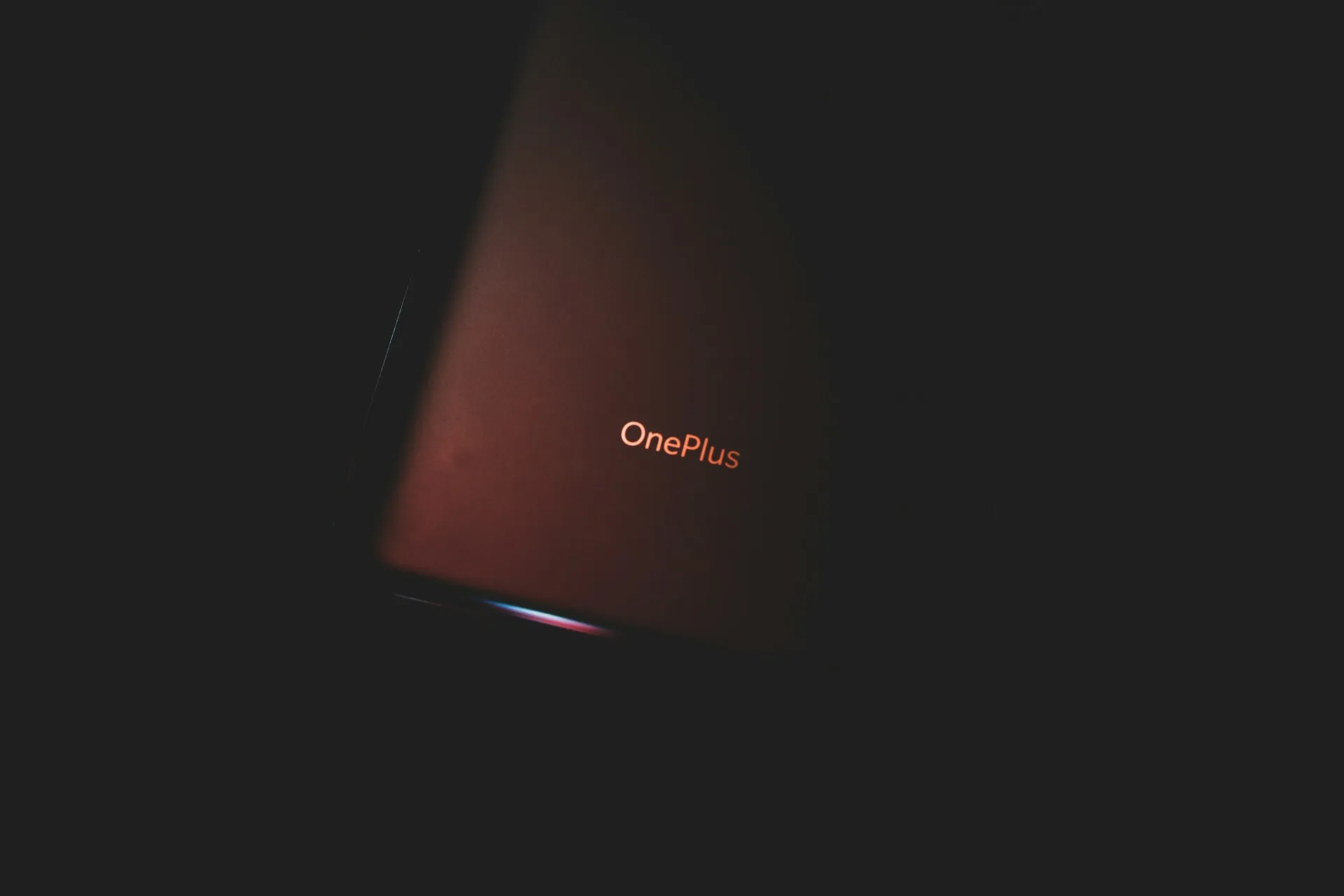

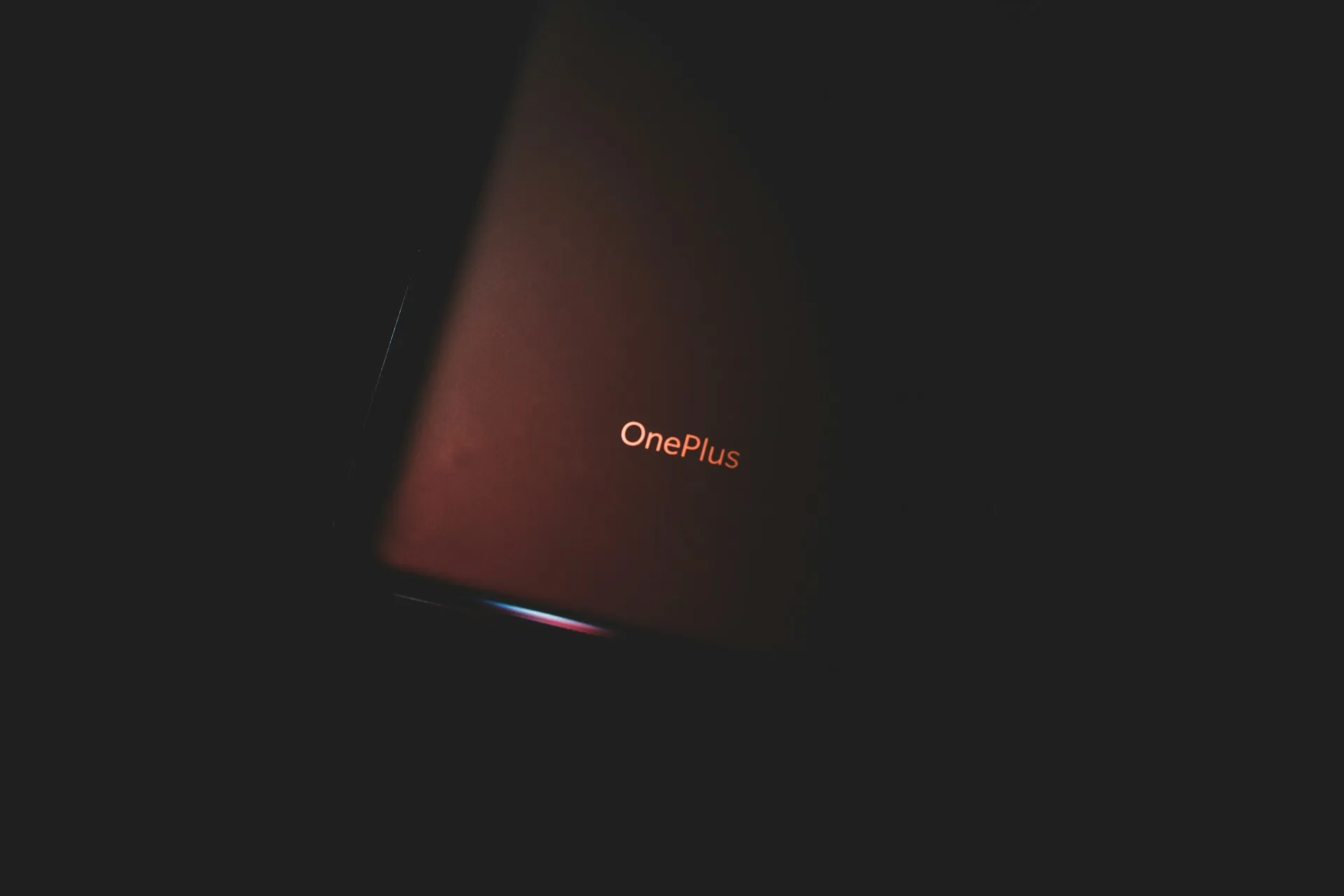
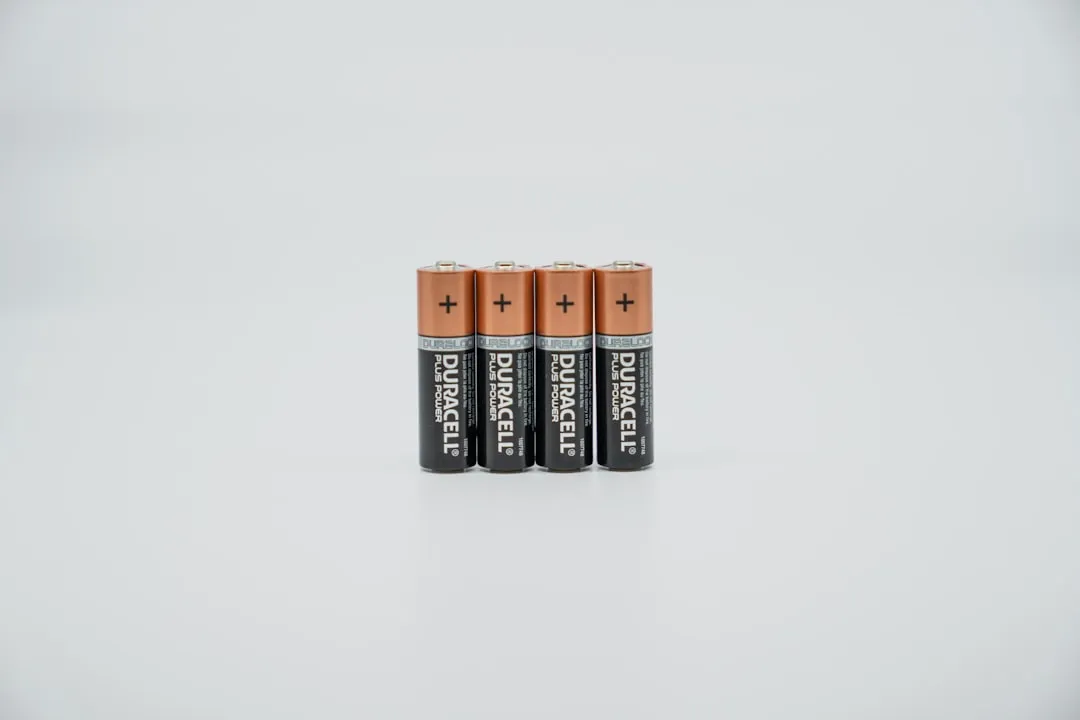
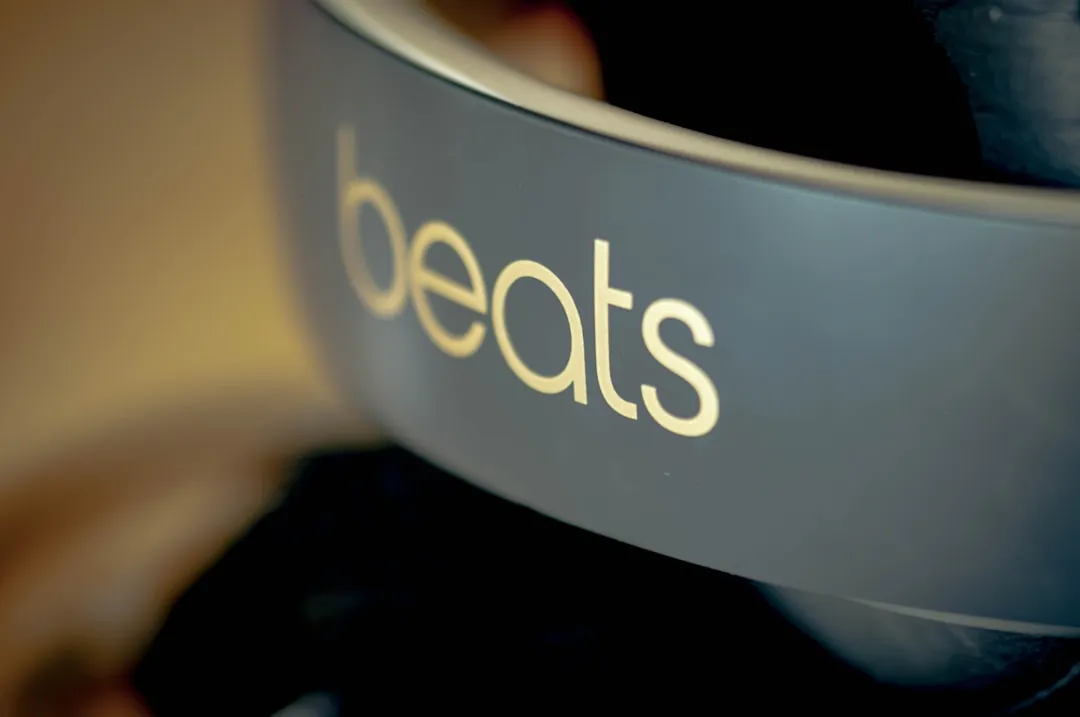
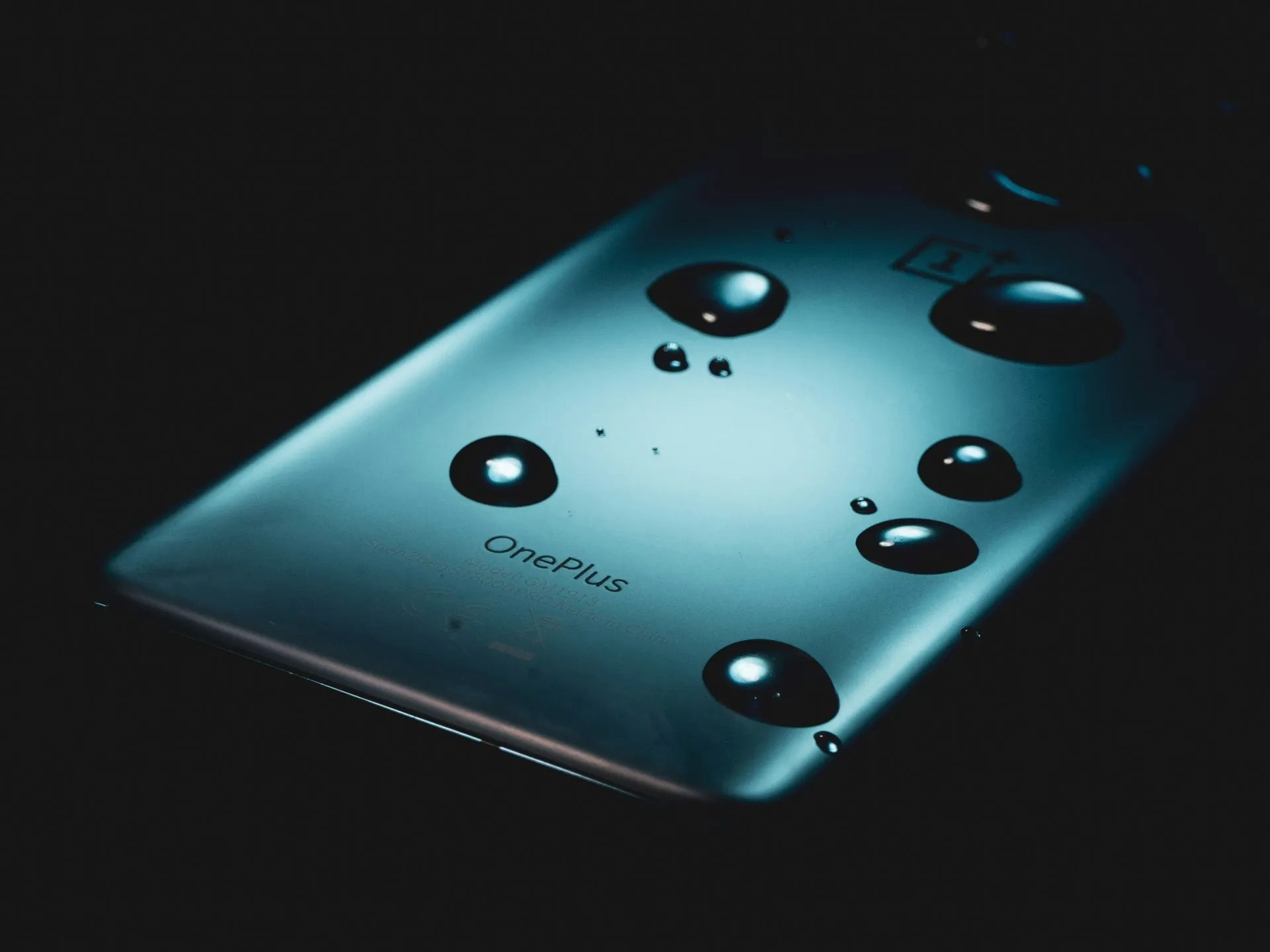
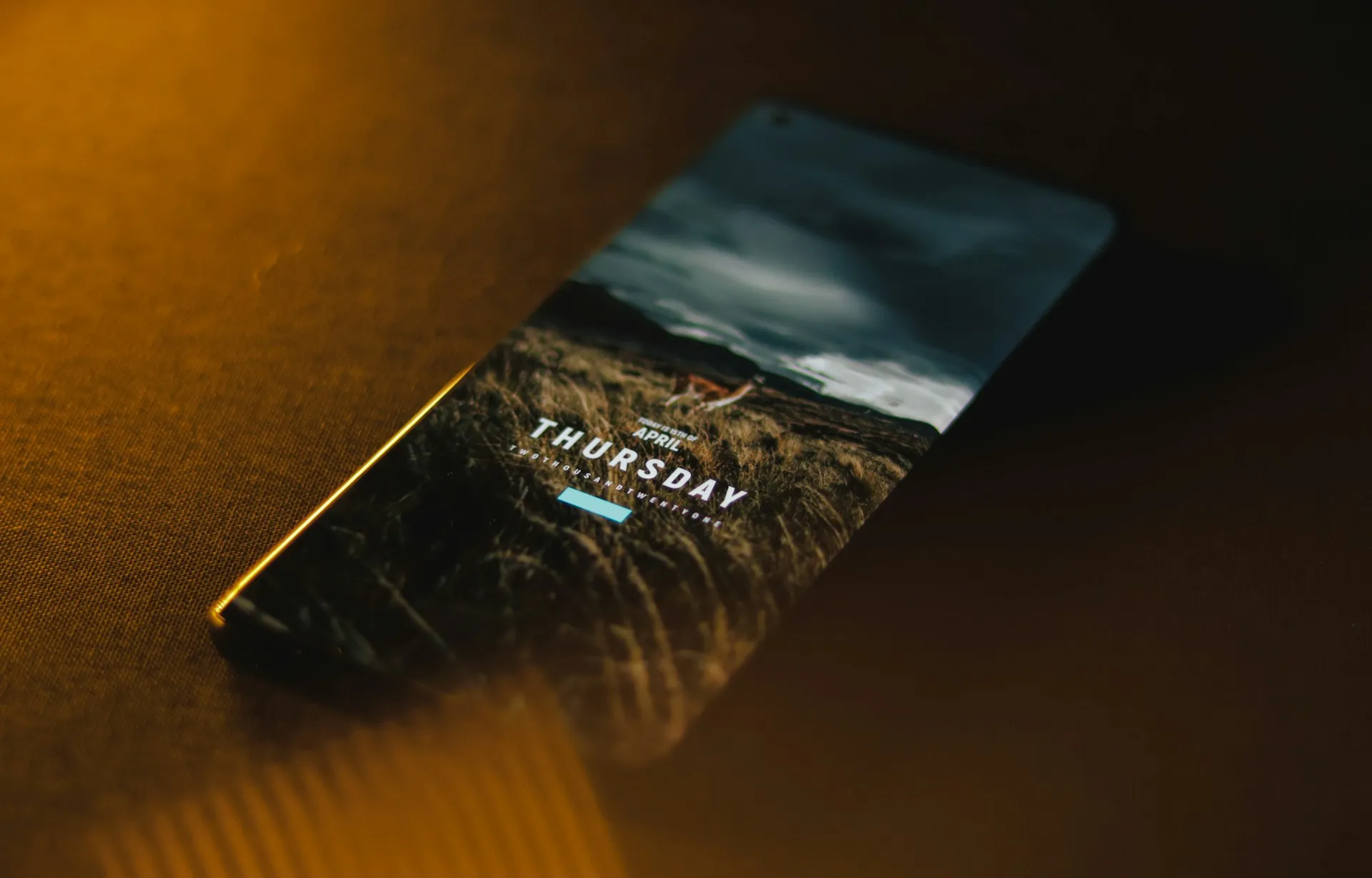
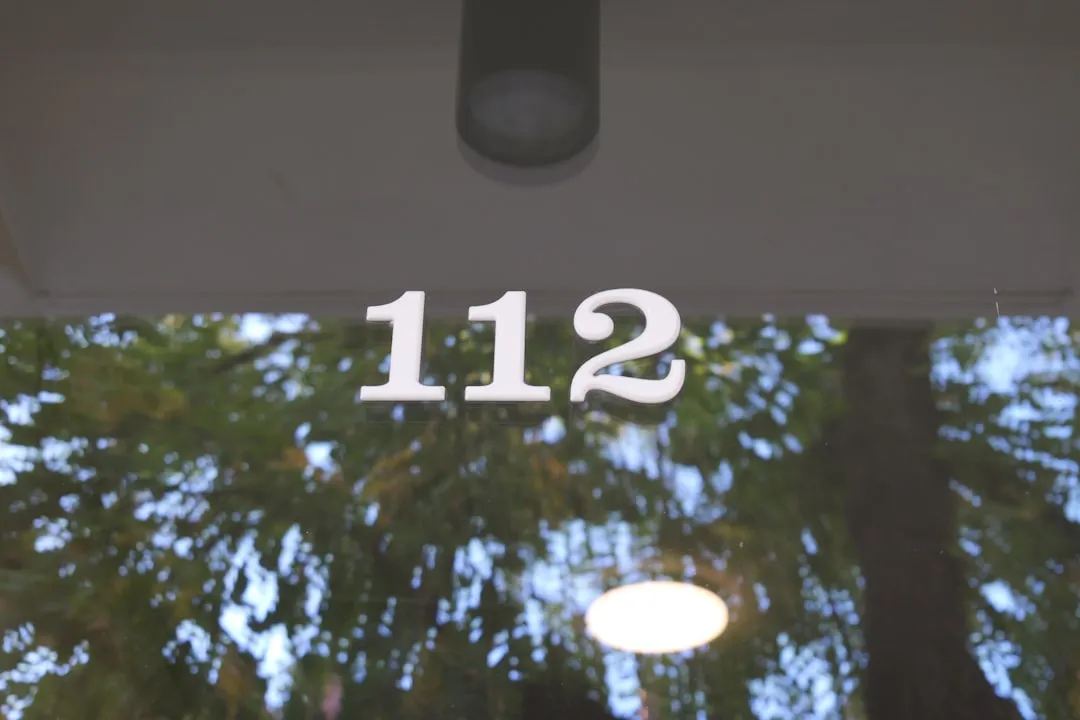
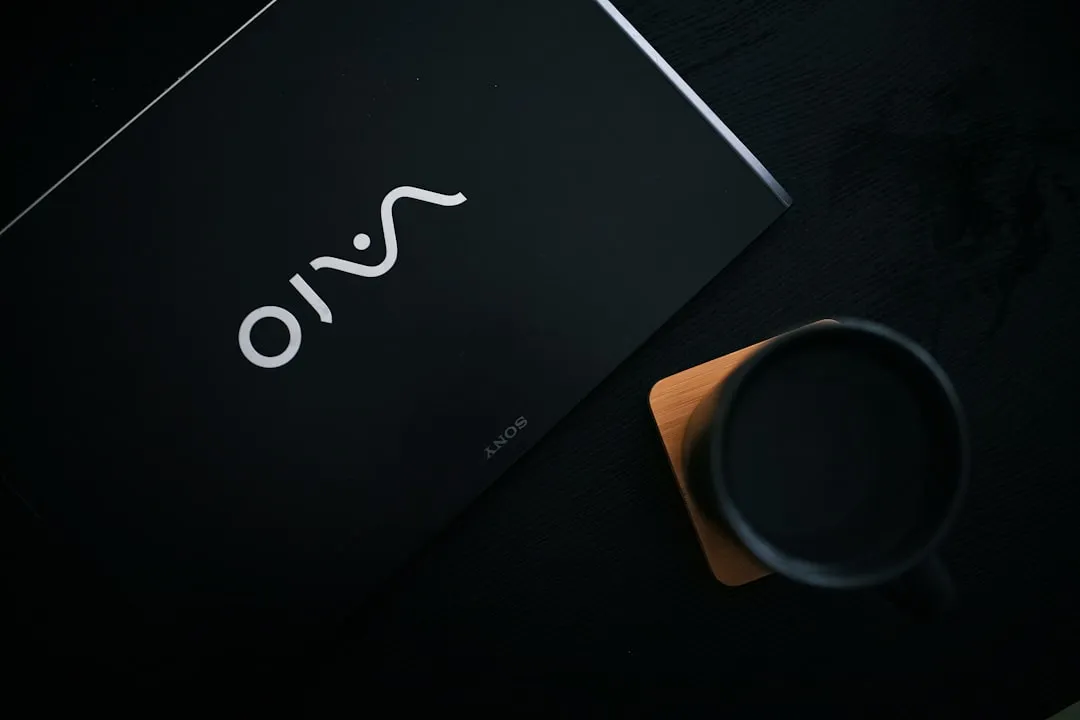
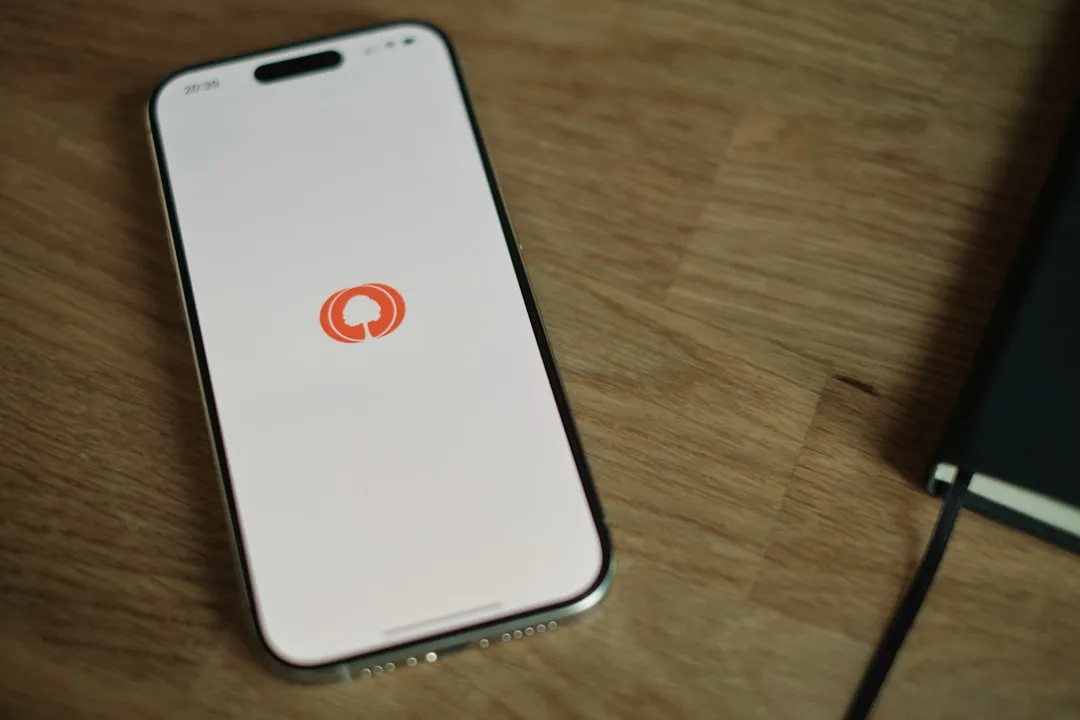
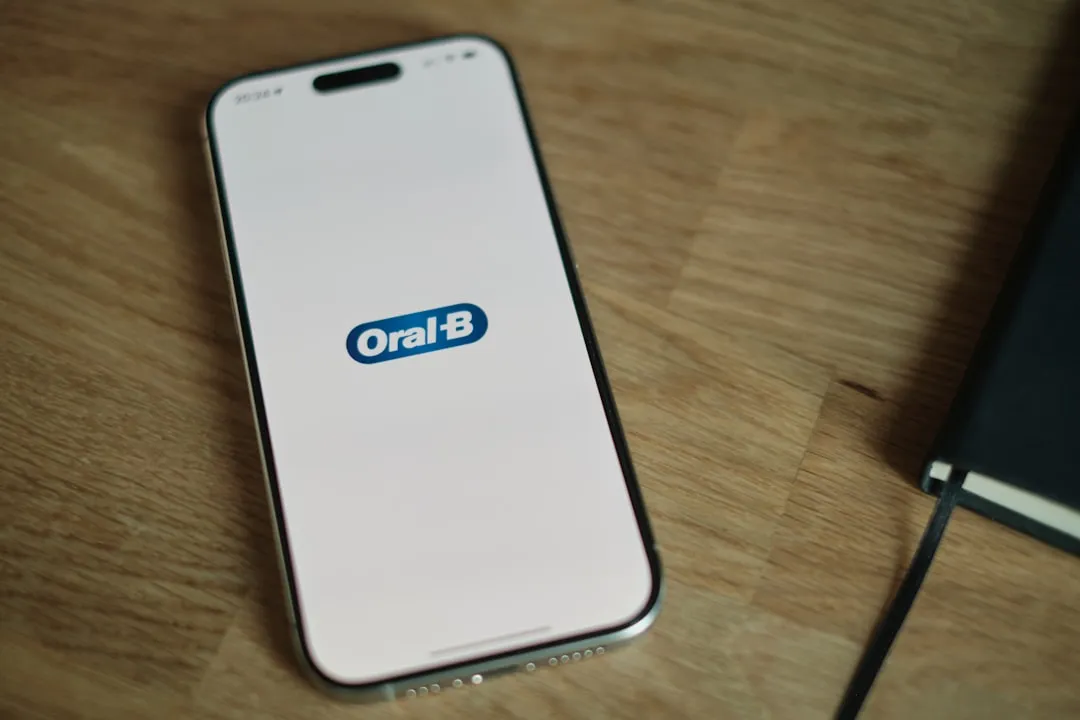
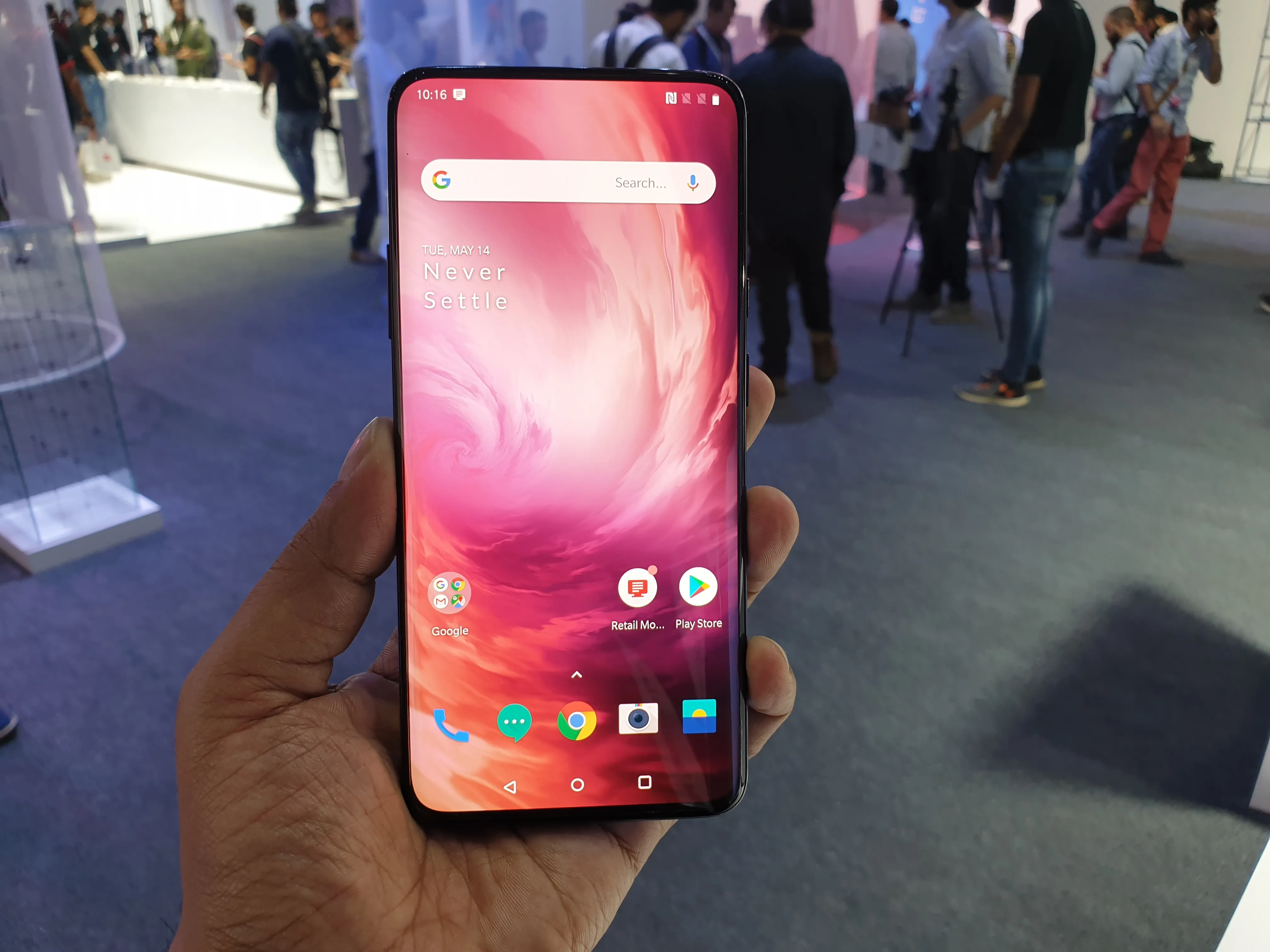
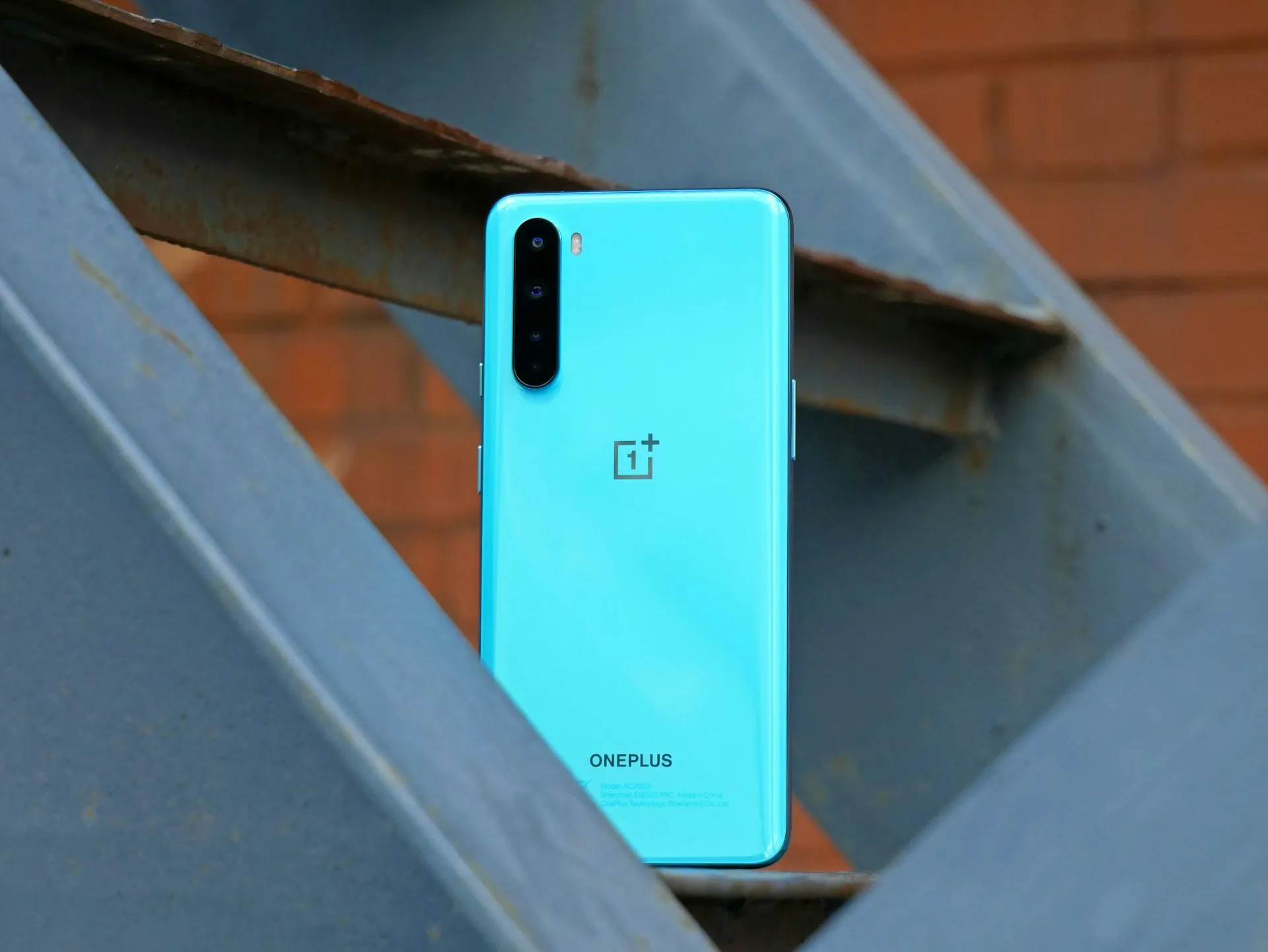
Comments
Be the first, drop a comment!